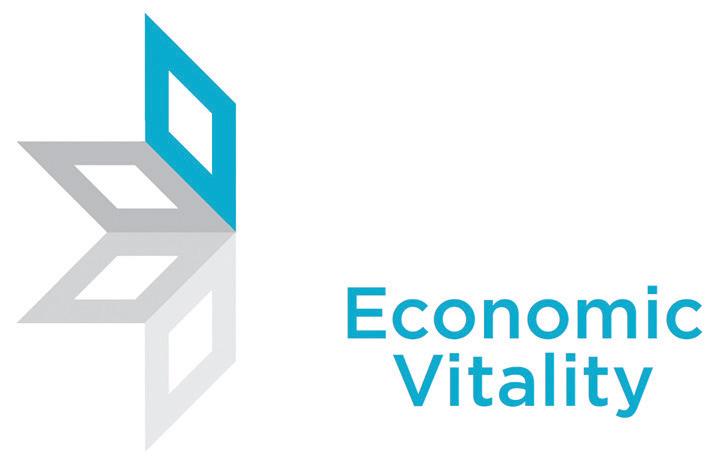our Community Transformation Strategies Workbook. This workbook has been thoughtfully designed as a resource to help Main Street programs identify a strategy that works best for them while providing step-by-step instructions of how to incorporate this strategy into your new or current work plan.
the rental space. For example, a commercial property that rents for $3,000 per month and is 1,000 square feet in size would equal an average rental rate of $3 per square foot. This number should be calculated for each property and then used to determine the downtown’s overall cost per square foot. These numbers can be helpful in identifying trends to see which properties may be overpriced or undervalued and if off-street rentals are cost-friendlier.
COMMUNITY TRANSFORMATION STRATEGIES WORKBOOK
Growing Business. Preserving History.
PHASE 1: GETTING STARTED The inputs, better known as the data-driven information which will help shape your strategy, should consist of market data research, surveys and visioning sessions conducted prior to selecting a Transformation Strategy. The research used to identify the inputs should be multifaceted and gather feedback from a wide and varied audience. The great news is that gathering inputs is a task that can be accomplished solely by Main Street staff. It is because of this that we recommend starting here. Good market research can help to shape the understanding of your downtown’s current economic climate and can help your program to make informed and better decisions. These reports can be often obtained at no additional cost by local power companies or cities/counties that have access to ESRI data. Helpful reports include: LOCAL RESOURCE SURVEY Your downtown’s data points will be some of the most important and useful information collected. We recommend that all Main Street managers pull together the following information before doing anything else: Determine your downtown’s retail mix. What percentage of businesses are retail, restaurants and professional services? These numbers can help you determine strengths, weaknesses and assets regarding your downtown’s current economic climate.
RETAIL LEAKAGE SURVEY This report is useful to understand what consumers buy in your community and what products they leave your community to purchase elsewhere. It can identify gaps in the market and illustrate areas in which the market may be oversaturated. DEMOGRAPHIC REPORT Understanding your community’s makeup is a critical component in developing a Transformation Strategy. Knowing the age, race and education of the people who make up your city will help the Main Street Program develop curricula and events to better serve the community. Average household income and the percentage of homeowners compared to renters can illustrate how much disposable income residents may have to spend downtown, as well as the demand that may exist for downtown residential development. COMMUTER METRICS When they leave, the distance and destination to which your workforce drives every day can help businesses maximize the impact during their hours of operation. A majority of residents in suburban cities surrounding larger metro areas like Atlanta, Chicago and Houston may commute regularly for work; only a small percentage of the population of these suburban cities may be available to shop during the traditional 10 a.m. to 5 p.m. store hours. Understanding your city’s commuter metrics can help Main Street staff lead informed discussions with downtown business owners regarding the advantages of staying open later.
What is the downtown’s vacancy rate? This data is determined by comparing the percentage of vacant parcels relative to the overall district.
TAPESTRY SEGMENTATION REPORT Tapestry reports provide insights to help identify your area’s best customers, optimal sites, and underserved markets. Tapestry Segmentation classifies neighborhoods into 67 unique segments based not only on demographics, but also socioeconomic characteristics. It breakdown all U.S. neighborhoods in easy-to-visualize terms, ranging from Soccer Moms to Heartland Communities.
Average cost per square foot. This data can be determined by taking the monthly rental cost for a property and dividing it by the square footage of
Once market research has been concluded, keep the information in a safe place until you are ready to proceed to Phase 2. The next step in Phase 1 is to distribute a downtown STRATEGIC PLANNING | COMMUNITY VISIONING SESSION | 43








